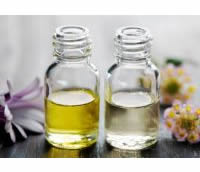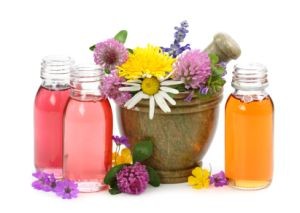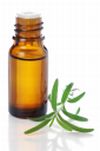Creating free radicals is just part of our being. The production of free radicals is a by-product of cell metabolism. Our bodies are normally able to cope however with an excess of free radicals they can be harmful to the cell structure which in turn accelerates ageing and illness and impeding healthy looking skin.
Anti-oxidants help to soak up excess free radicals. Sources of Vit A, C, Selenium and Vit E are Fish, Carrots, Fruit & Veg, Sunflower Seeds, Almonds, Sweet Potatoes and Liver.
Other factors which contribute to the production of free radicals are environmental pollution, household chemicals/cleaners, smoking and stress.
No.1 Sun Damage
It is common knowledge that contact with UV (ultra violet) rays can cause sunburn, premature aging, age spots, pigmentation, and skin cancer including melanoma, the most serious type.
No.2 Don’t Smoke
Smoking is associated with premature wrinkling. Smoking narrows the tiny blood vessels in the outermost layers of skin, which decreases blood flow and oxygen.
No.3 Use natural creams/oils with vitamins and essential fatty acids
Lack of vitamins and EFA’s can make skin lifeless, blotchy, dry, or oily. Vegetable oils nourish the skin, contains vitamins and essential fatty acids.
Vitamin A treats acne, skin wrinkling and pigmentation caused by chronic sun exposure.
Vitamin C for detoxifying, healing wounds and scars. Required to produce collagen.
Vitamin D is formed in the body with the help of sunlight and cholesterol. It is rich in antioxidant and anti-carcinogen properties and may help to prevent cancer.
Vitamin E is an antioxidant.
No.4 Essential fatty acids
They are essential building blocks of cellular membranes, to allow efficient transportation of nutrients. These will help to enhance collagen and elastin in the skin helping to slow the ageing process. Omega 3 (Fish oils) have powerful anti-inflammatory compounds.
No.5 Keep your Skincare Products Simple and Natural
It is recommended that you use natural and organic aromatherapy skincare products with vegetable derived ingredients and organic pure essential oils. Market leaders spend far more money on the packaging and advertising on high street brand names than on the ingredients. They often contain parabens, SLS, mineral oil, synthetic and other chemical ingredients which over time can harm and damage your skin.
No.6 A Balanced healthy Diet and exercise
A combination of balanced nutrition and exercise/movement can greatly improve the appearance of the skin by keeping the blood circulating and delivery nutrients and eliminating waste. It is important to have a balance between exercise and rest. People with skin disorders such as acne, rosacea, and psoriasis often suffer from constipation and other digestive disorders. Adequate consumption of water and fibre are important. Too much sugar in the diet can break down the fibres and elastin causing skin to become dryer and losing the skin’s youthful look. It is an anti-nutrient and impedes the absorption of nutrients.
No. 7 Stress
Stress causes constriction of the blood vessels, creates free radicals and acid environment, disrupts hormonal activity, and impedes the absorption of nutrients and normal cellular activity. Stress disrupts the PH balance of the skin and also the acid/alkaline balance in the body. This manifests in dry irritated skin and rashes.




